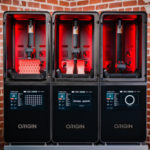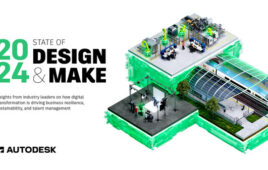The Qt Company today launched a new major version of its software development platform, Qt 6.0. It has been re-architected to be a foundation for the future with a focus on productivity.

Qt is used by leading companies like Daimler, LG and Bosch to design, develop and deploy their cross-platform applications and graphical user interfaces. Qt lives in desktop applications, embedded systems and mobile devices in consumer electronics, vehicles, medical devices and industrial automation systems across the world.
With its sixth major version, Qt aims to provide a one-stop-shop for software design and development under a new philosophy based on three pillars.
Productivity Platform for the Future
Qt 6 is built with productivity as its cornerstone to close the gap between the increasing amount of software requirements rising with the exponential growth of the IoT and the stagnant growth of available software developers. Productivity-enhancing tools and APIs empower teams to increase their throughput and deliver large cost reductions and new business opportunities to Qt customers and users.
Next-Generation User Experiences
A new graphics architecture and programming language improvements make for more powerful, flexible and leaner software. The tools within Qt have been unified and made easier to use by developers and designers alike, enhancing collaboration within cross-functional teams to build consistently branded 2D and 3D applications.
Limitless Scalability
In Qt 6, the same code can be used on any hardware of any size, from microcontrollers to supercomputers, and on any operating system – even bare metal (without an operating system). Even upcoming architectures are covered by Qt 6, so switching to a new platform mid-project becomes an opportunity instead of a nightmare.
“In addition to introducing new tools to design advanced 2D and 3D graphics and improving coding efficiency so even ultra-low-cost hardware can power smartphone-like user interfaces, we have been pursuing a new philosophy with Qt 6. With Qt 6, we have been putting a lot of effort into unifying our tools and framework to be a productivity platform that seamlessly supports the entire software development lifecycle,” said Lars Knoll, chief maintainer of The Qt Project.
You may also like:
Filed Under: ENGINEERING SOFTWARE









